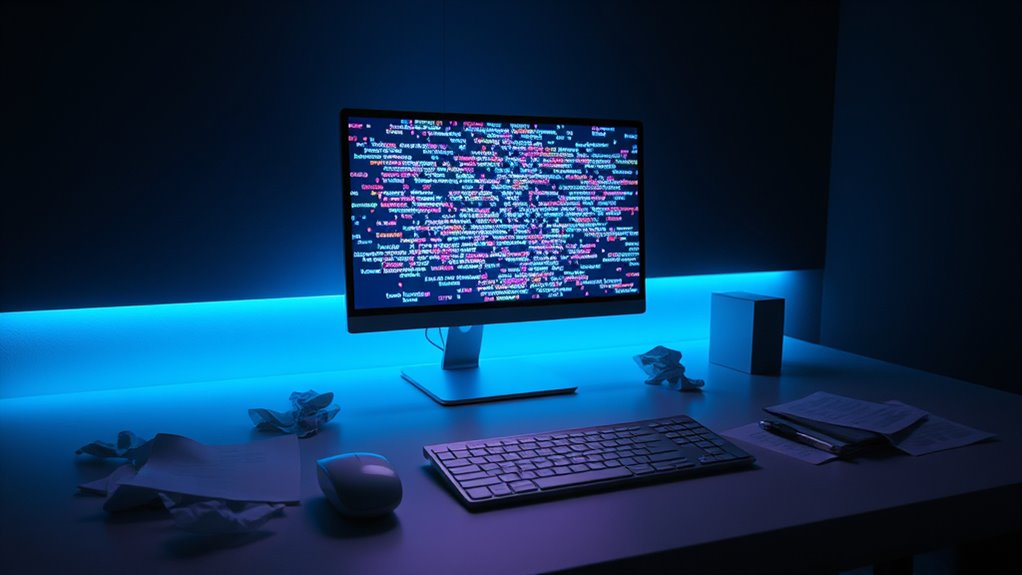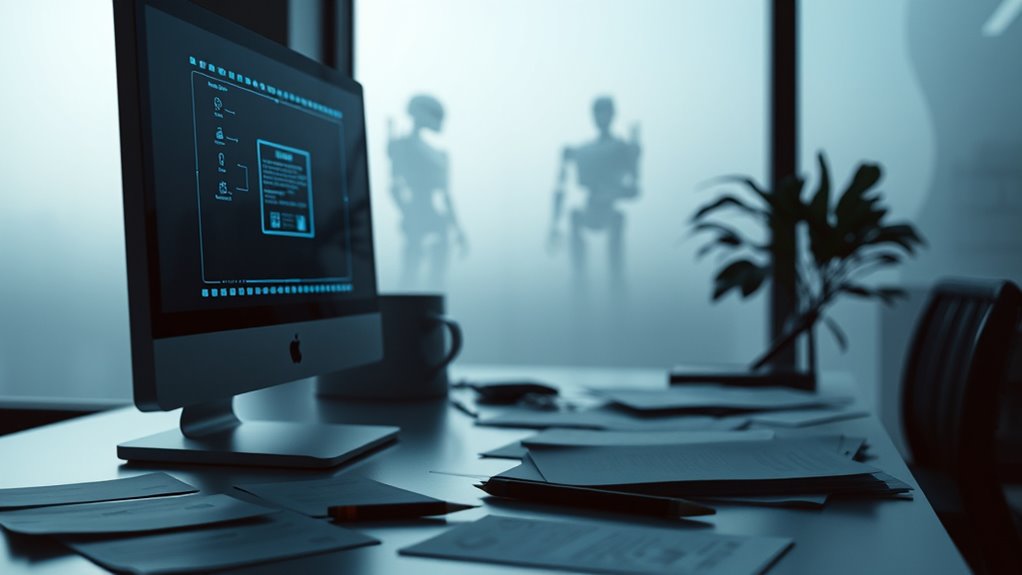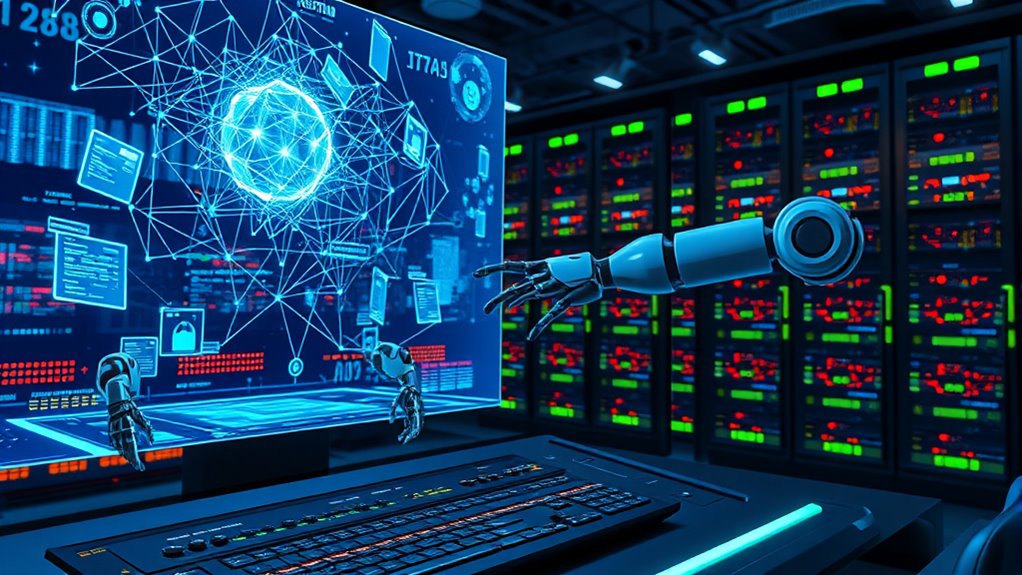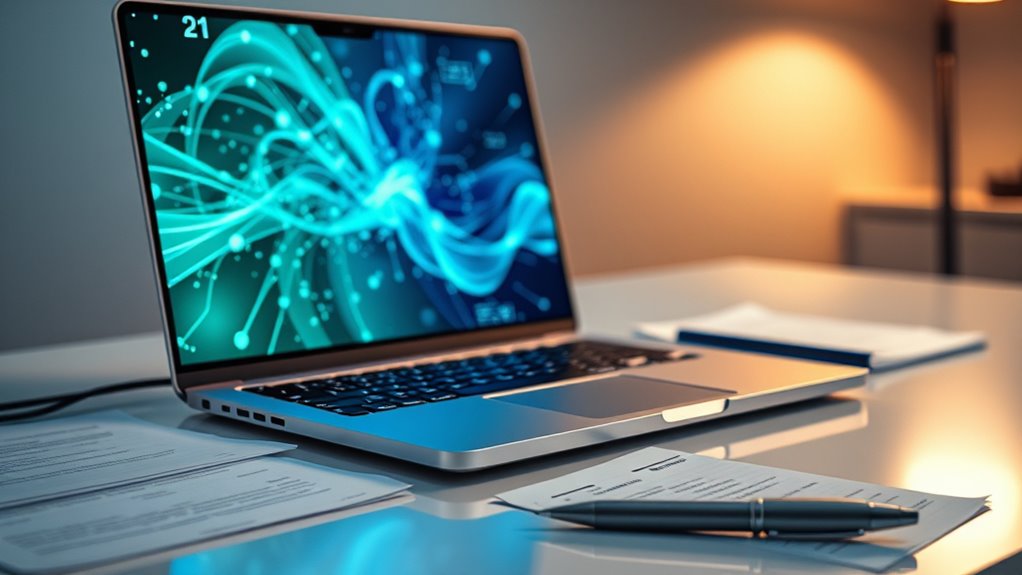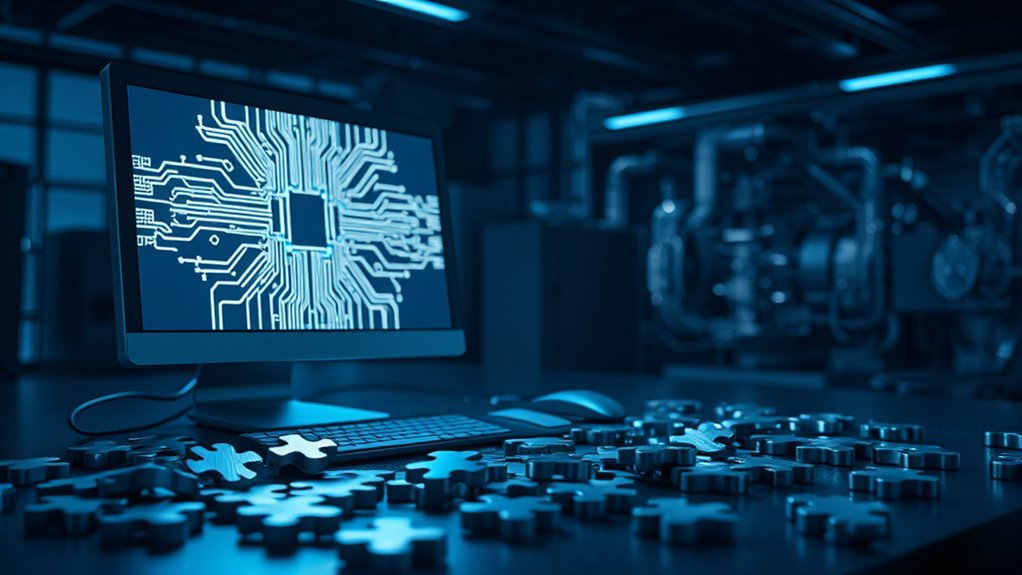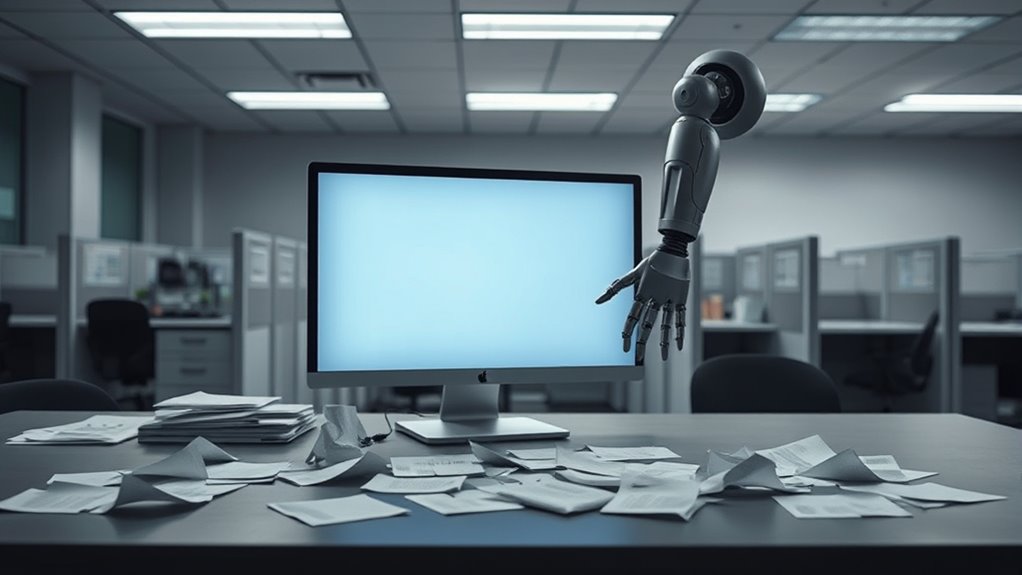How can you spot a fake image made by a computer? It’s a question many are asking as AI technology gets better at creating pictures that look real. Computers use special programs called generative models, like GANs and diffusion models, to make these images. Tools such as Midjourney and Stable Diffusion can create everything from faces to detailed scenes. But they’re not perfect. Often, these fake images have tiny flaws that can give them away if you know what to look for.
One big clue is in the textures. AI-generated images sometimes show weird or uneven patterns in things like skin, hair, or backgrounds. This happens because the models struggle with complex details, especially in busy or random areas. These flaws, called artifacts, are a sign that a picture might not be real. Early AI models mainly made faces, but now they can build whole landscapes, though errors still creep in. Advanced detection methods often focus on these texture inconsistencies to identify fakes, leveraging the fact that AI struggles with inter-pixel correlation.
Textures can reveal AI-generated images. Look for odd patterns in skin or backgrounds—artifacts often betray these fakes despite their realistic appearance.
There’re ways to check if an image is fake. Experts use pixel feature extraction to study tiny details in a picture. They also use texture analysis to spot odd patterns. Some tools compare images to huge databases with reverse image searches to see if they’ve been changed or reused. Deep learning models help by scanning for signs of AI work, like wrong lighting. There’re even special software programs online that anyone can use to test images in real time. Additionally, examining metadata can reveal inconsistencies, such as missing camera information or unrealistic settings, that suggest an image is AI-generated metadata inconsistencies. It’s also important to note that under current U.S. law, AI-generated images often lack copyright protection due to the absence of human authorship.
Detection isn’t always easy, though. As AI gets smarter, finding fakes gets harder. Detectors must keep updating to match new tricks in image-making. Some advanced methods look for a unique “fingerprint” left by AI models. Others study artifacts or errors directly. But even these can miss the mark if the AI is very advanced.
These detection tools are used in many places. They help check images on social media for fakes or deepfakes. News teams use them to make sure stories show real pictures. They’re also important in security to spot fake documents. Even in art, they help tell if a piece was made by a person or a machine.
Spotting AI images is a growing challenge, but technology is racing to keep up.


